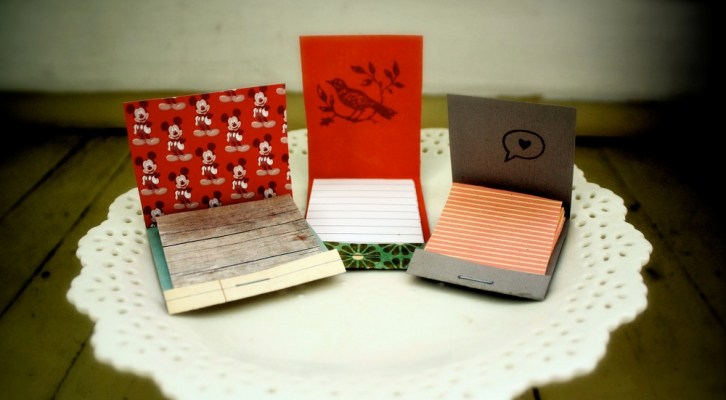Today, Amazon introduced a brand new model of its Kindle Paperwhite e-book reader, which looks pretty nice. But the bigger announcement was a brand new program called MatchBook, which allows authors and publishers to offer heavily discounted Kindle editions of their print books past and future.
After digging into the requirements and features of the program, it seems evident that this is going to be a fairly nice program for existing print and Kindle authors. “I don’t see a downside, at least for me, since, as you say the royalty rate stays the same. It’s more sales (at least in theory),” says David Schwartz, author of Gooseberry Bluff Community College of Magic, “and that’s the goal.”
The Kindle Matchbook program has a set of requirements for participating, but none of them seem particularly onerous, and they align philosophically with the promise of leveraging your back inventory for more revenue. In order to enroll, you simply have to be selling a physical book of some sort on Amazon, and be a member of the Kindle Direct Publishing program.
We were able to confirm with Amazon that it does not require that users be a member of the more exclusive Kindle Direct Publishing Select program.
This means that if you have a physical book that you’d like to sell an ‘add-on’ Kindle edition of, you’re not required to promise Amazon a period of exclusivity. KDP Select members are often limited to selling books on Amazon alone for around 90 days.
The promotional prices that can be set for a book include four tiers: $2.99, $1.99, $0.99, or free. Enrolling a title is super simple, just visit the listing and tick a box. The low-friction nature of the opt-in is very ‘Amazon’ in execution and should drive authors to investigate the feature. Once you select a title you set your ‘Promotional List Price’ to one of the tiers. The only restriction here is that you must pick a discount that is at least half off of your regular list price. Amazon says the 50% requirement is to ensure that it’s a ‘compelling’ discount.
Amazon currently has two royalty rates available, which differ in regional availability. So you’ll still get your 35% or 70% slice of that e-book sale. So a lower payday, for sure, but definitely worth it for those ‘back catalog’ folks.
You might see a slow rollout of the feature because publishers have to opt-in at a high level before they can toggle on the bundling for individual titles. MatchBook should have around 10,000 titles when it launches in October. But Amazon Publishing authors (who get the feature by default) and indies can flick it on right away, and should. There’s really very little to be worried about on this end unless you don’t offer a print version of your book at all. But Amazon even has a solution for those folks, as it offers a program for creating print versions of e-books.
And, as Editorial Director of New Island Books Eoin Purcell notes, the program also gives authors an incentive to digitize books that they haven’t already. Thereby tacking on an additional source of revenue with the upgrade bump for first-time users or digital ‘holdouts’.
Personally, I believe that this could drive sales of paper books well into the future. If I know that I can get a Kindle edition for a one or two dollar premium, then I’m more likely to opt-into the print version. This way I can read on planes or at the beach where my electronics aren’t allowed or recommended. And sometimes a paper book is just more pleasant to handle. It also taps into the collector market for those that must have a hardback copy of a book.
I’ve never been the type but know plenty of them, and I do own first printings of precious volumes like the Oz books that I would gladly read in Kindle form again but don’t want to tote around for fear of damage. Not that Amazon is offering discounts on classic editions of books like that, but the philosophy works for super-nice editions of modern titles purchased through the site.
Of course, that all depends on whether people are purchasing both the print and digital editions that weren’t already planning on doing both.
Schwartz says it’s difficult to tell on a wider scale, but he has seen some anecdotal evidence. “I have friends who have purchased both editions of Gooseberry Bluff, but others who don’t have a Kindle and waited for the physical book. But I think this may be a good thing for people who are unsure of making the transition to e-books, since it gives them a way to buy the physical book but try out the virtual one for less. And I’m sure that’s part of the goal.”
For now, the program seems to be a nice step for authors and publishers with deep back catalogs, and seems that it could definitely encourage some to purchase titles digitally that they’ve owned for years in physical form. Delving back through my (somewhat checkered) Amazon purchase history I found several titles that I wouldn’t mind reading again, but have packed away in a bin or box somewhere. Amazon is betting that I’m not alone, and publishers should probably take heed.
Image Credit: amy gizienski / Flickr CC
